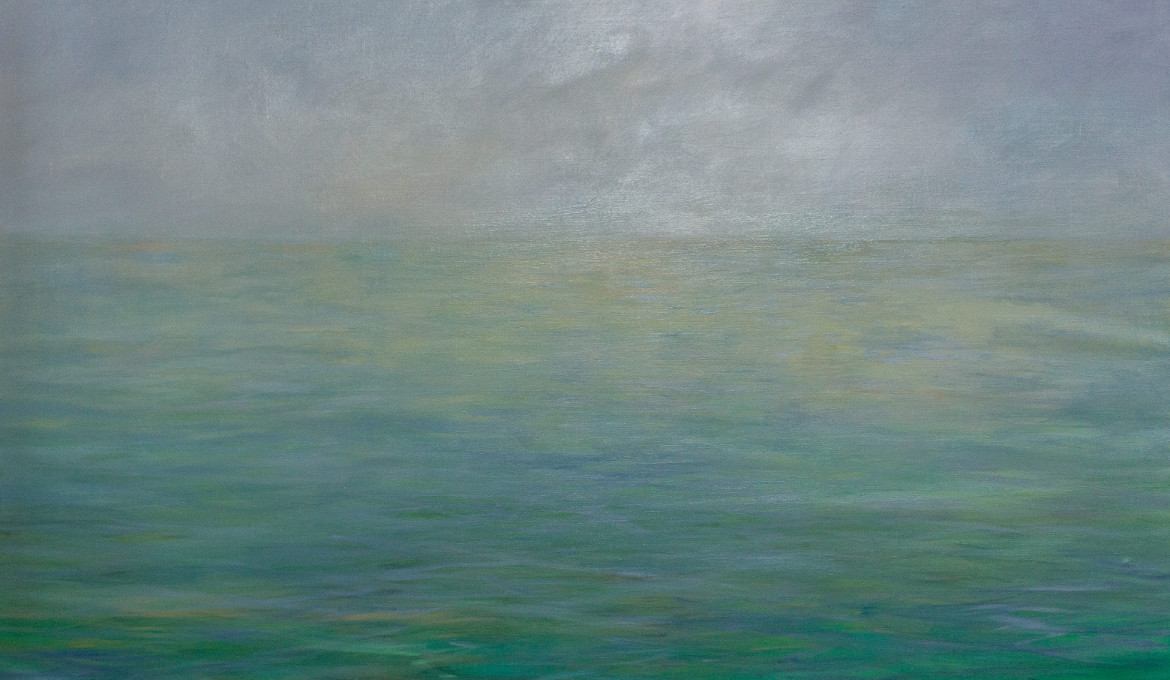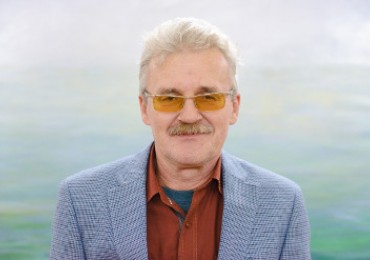
The сurator Taras Tabaka: ‘"Goodbye, Word! " is a research of the new art face of Transcarpathia’
2018

To show the art space of the westernmost region of Ukraine through the prism of social and cultural transformations - such a task was posed by the author of the idea and the curator of the Transcarpathian art exhibition "Goodbye, Word!" Taras Tabaka. The collective exposition, which will be held in Kyiv on 4 – 22 May 2018 with the support of the Brovdi Art Foundation, is intended not only to present the work of the new generation of the artists of Transcarpathia to the public but also to help in understanding the format and scale of the cultural transformations taking place in the region. Thus, the conceptual design of the exhibition and the selection of authors is revealed in a blitz interview with Taras Tabaka.
What is the feature of the art project that will be soon started in the capital?
First of all, contemporary Transcarpathian art appears to the viewers without established stereotypes, in a new form, with a new face. With this project, we want to show that there has been a serious reboot within the art school as a traditional concept, and within the framework of certain social changes in the society. That is, art has become closer to our time and everyday life, it relies on the things that are relevant today and are of interest to everybody: what awaits us tomorrow, where we are moving, or whether we can change certain views on the established things?
 Taras Tabaka
Taras Tabaka
Why did you choose such a name – ‘Goodbye, Word!’?
In the time of the informative flows, the availability of means of communication, the concept of ‘word – content’, ‘information – communication’ lose the initial relationship and interdependence. Art acutely fees this dissonance. Therefore, saying goodbye to a word, we remain in a secluded, clean space, deliberately avoiding mentoring, declarativeness or manifestos. The main instrument of the artist is working with an image, sensuality and thought.
Each artist is a person, and his readiness to learn and analyse himself through the work – is the most important point in the selection of authors.
How did the participants perceive the proposed topic? Was it clear for the artists or close to them?
I will start with the fact that taken part in the project are two generations of artists: one – generation of the first wave, formed in difficult times of transition of the mid-1980s – early 1990s. The second part is the authors developed during the independence period. Each artist feels something in common with the theme and this is a collective experience of solitude. Moreover, each of the authors has a certain romance with a canvas, and such silent complicity is very important for the authors, thus, I think, for the viewers as well.
What criteria were you guided by the selection of artists?
The exhibition, for sure, is based on those authors who are inclined to put complex, serious questions, who tend to change, not to go through the developed standards. Each artist is a person, and his readiness to learn and analyse himself through the work – is the most important point in the selection of artists. Theoretically, I understand that it is impossible to show all the changes and processes that have occurred within one such exposition. It is impossible to show all the authors, who deserve it. The exhibition turns out to be diverse, but in principle, the contemporary art, which is currently in Transcarpathia, will be quite widely presented.
We want to show that there has been a serious reboot within the art school as a traditional concept, and within the framework of certain social changes in the society
You have already seen the works that will be exhibited in Kyiv. In your opinion, did they manage to reveal the idea?
I think yes, they did, and it will be noticeable! Despite the fact that the authors are too different. Let's try to show a wide emotional palette: from lyrics and poetry to irony and even sarcasm. However, all works are imbued with a sense of inner balance, harmony.
In general, the idea of the exhibition is rather philosophical and conceptual… Do you think that the viewers will perceive it?
For a viewer, this is, in fact, a proposal to stay alone with himself. We live in a world saturated with information, we consider ourselves as a part of this world and it seems to us that we are oriented to it. However, this is not always the case, and a philosopher and culturologist Borys Hroys was quite clear about it: "In order to give an assessment for something great, one should not be part of it, but to be able to go beyond its scope." Self-absorption is precisely the tacit abandonment of the word that has already become a brand or slogan, or a tool for interaction. As our neighbours Hungarians say, people do not speak loudly about the good things. Therefore, perhaps, you can even keep silent about some things…
Text: Nataliia Petervari
Photo: Oleg Oparanyuk, Yevhen Kudriavtsev
© Brovdi Art Foundation
Stay up to date with art events, subscribe
